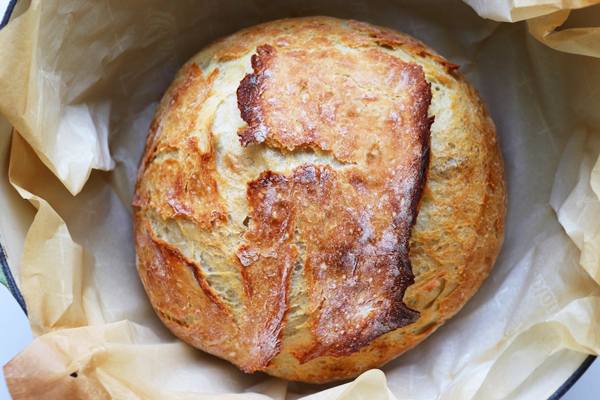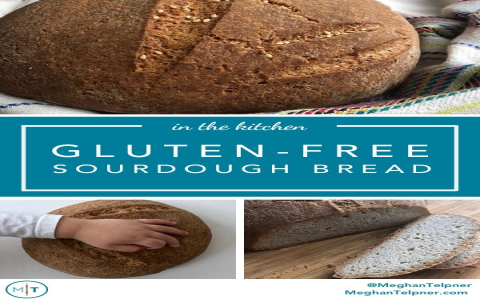Alright, let’s talk about this Kyrol high gluten flour. I kept seeing it mentioned, people saying it’s the key for certain bakes, so I figured, why not? Gotta try these things myself, right? Finding it wasn’t like picking up a bag at the corner store, had to look around a bit online, but eventually, a hefty bag landed on my doorstep.
First thing I noticed when I opened it? The texture. It felt different, heavier somehow, than the regular all-purpose or even bread flour I usually use. Very fine powder, almost silky, but with a weight to it. Didn’t smell particularly special, just… floury. But you could tell it was potent stuff just by the feel.

So, I decided the first test had to be something that really needed that gluten power. Pizza dough seemed like a good start. I measured everything out like usual – flour, water, yeast, salt. Straight away, when I started mixing, I knew this was different. This Kyrol flour just drank water. The dough felt stiff almost immediately. Had to add a bit more water than my recipe called for just to get it to come together properly. It wasn’t playing around.
Getting Down to Kneading
Then came the kneading. Man, oh man. This wasn’t a gentle, relaxing knead. This dough felt alive. Super elastic, super strong. It fought back. Felt like I was wrestling it more than kneading it. My stand mixer probably would have complained if I’d used it. Doing it by hand was a proper workout. You could feel that gluten building up, making the dough incredibly tough and stretchy. After about 10-15 minutes, my arms were burning, but the dough finally felt smooth, though still very firm.
I let it rise. Seemed to take its time, maybe a little slower than what I’m used to, but it got there. Punching it down felt satisfyingly resistant.
The Pizza Test
Stretching the pizza base was another adventure. The elasticity was amazing – it didn’t want to tear at all. But man, it wanted to spring back into a ball! Took some patience, letting it rest between stretches, coaxing it into shape. Finally got it thin enough. Topped it and slid it into a screaming hot oven.
The result? Wow. The crust puffed up beautifully, got those lovely charred spots. And the chew… oh, the chew. It was serious. Properly chewy, like the kind you get in a good New York slice. Maybe even a bit much for some people, it really gives your jaw something to do. But for me? Pretty awesome. It held up to the toppings perfectly, no sogginess.
Next Up: Bagels
After the pizza success, I thought bagels were the next logical step. High gluten is practically made for bagels, right? Same story with mixing and kneading – tough dough, needed that extra bit of water and a good amount of elbow grease. Shaping the bagels was actually pretty easy because the dough was so strong it held its form perfectly. Boiled them, baked them.
- The texture? Spot on.
- Dense inside? Yes.
- Chewy crust? Absolutely.
These were proper bagels. Not fluffy bread rolls with a hole. This flour delivered exactly that characteristic bagel chew I was hoping for. Success!

Final Thoughts on Kyrol Flour
So, my take on Kyrol high gluten flour? It’s a beast. It does exactly what it says on the tin – provides incredible strength and chew. It’s not an all-purpose flour replacement. Don’t even think about using it for tender things like cakes or biscuits; it would be a disaster. It’s a specialist flour.
If you’re making bagels, real chewy pizza crusts, maybe some sturdy artisan breads that need that structure, this stuff is fantastic. But you gotta be prepared to work with it. It demands more water, more kneading, more patience. It’s not forgiving like regular flour. You need to respect its strength.
Will I keep using it? Yeah, definitely for bagels and when I want that specific pizza crust. It’s worth the extra effort for those specific results. But for my everyday sandwich loaf? Nah, I’ll stick to my regular bread flour. Kyrol is like a special tool you bring out for the tough jobs. It gets the job done, but it makes you work for it.













